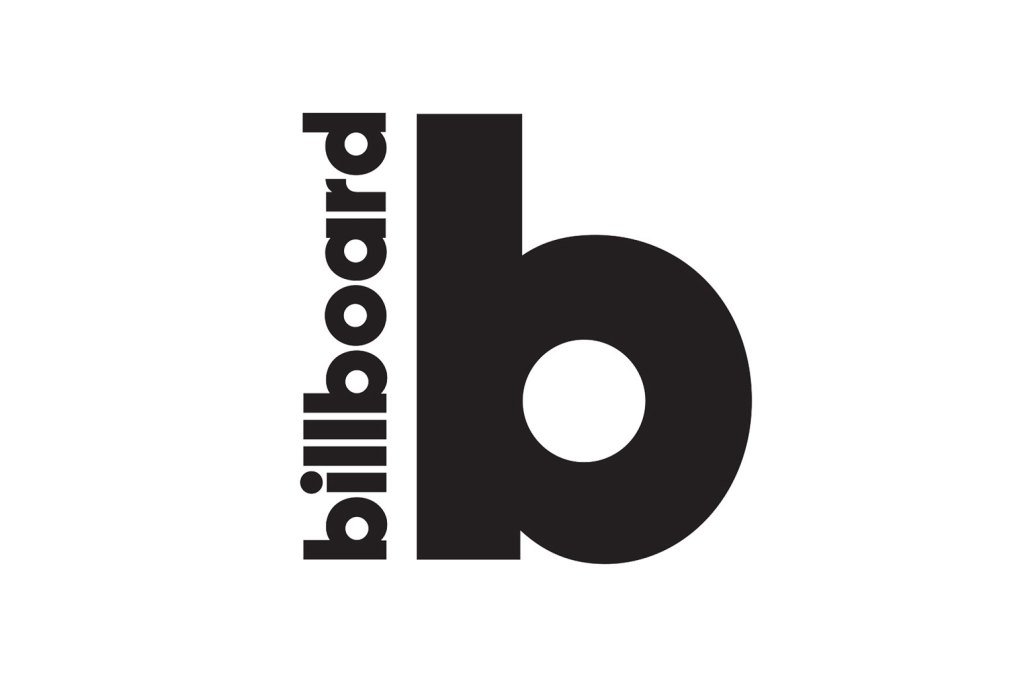Record yourself playing acoustic or electric guitar at home in 6 steps.
You’ve been practicing guitar for months, or maybe years, and you’re finally confident enough to record a song! But where do you start? This guide will teach you how to record yourself playing guitar, acoustic or electric, even if you’ve never recorded audio before.
1. Download a Digital Audio Workstation
To record yourself playing guitar, you need to download and install a digital audio workstation (DAW). A DAW allows you to record, edit, and process audio on your computer. I recommend using Ableton Live due to the fast workflow it provides. You can trial Ableton Live Suite for 90 days; this is the most comprehensive version of the software.
2. Set Your Project Tempo
It’s important to record alongside a metronome so that you end up with guitar recordings that align with the grid of your project. Doing so will make editing your recordings and time aligning them much easier. Ableton includes a Metronome that syncs with the tempo of your project.
If you’re recording a cover song, you can match the tempo of your project to the original song. Otherwise, you’re free to select a tempo of your choice. Another option is to import a reference song into your project, align it with the grid in your project, and then play along with the reference.
3. Position Your Microphone
You can either record with a USB microphone like a Blue Yeti, or a studio microphone like an Audio-Technica AT2020. If you decide to record with a studio microphone, you’ll need to use an audio interface like a Scarlett 2i2 to convert the analog signal produced by the microphone into a digital signal that your computer can process.
Set up your microphone roughly 12-24″ away from the twelfth fret of your guitar; this placement tends to provide a good balance between the brilliance of the strings and warmth of the guitar’s body. If you’re looking for a warmer tone, move your microphone closer to the sound hole. For a brighter tone, move your mic further away from the sound hole.
If you’re recording a DI electric guitar signal, you’ll want to connect to a high impedance input on your audio interface. This input is typically labeled “Hi-Z”.
4. Wear a Pair of Headphones
You should audition the sound picked up by your microphone using a pair of headphones before recording. You can either do this using your DAW’s input monitoring feature, or the direct monitoring feature provided by your audio interface. Try a handful of different microphone positions. Once you find the placement that you like, you’re ready to set your input levels.
One of the many benefits of using an audio interface is that its direct monitoring feature will allow you to record in real time. This means you won’t hear a delay between when you strum your guitar, and when you hear the sound of the guitar in your headphones. Using your DAW’s input monitoring feature is likely to introduce a noticeable delay to your signal, making it difficult to perform.
Regardless of the monitoring option that you choose to use, you’ll need to select your USB microphone or audio interface as your DAW’s audio input device before recording. Doing this allows you to select which one of the device’s inputs you’d like to assign to each track.

A USB mic will only provide one input option, but if your audio interface has multiple inputs, you can select between Input 1, Input 2, Input 3, etc. Maybe you have a microphone plugged into Input 1 and an electric guitar plugged into Input 2.
5. Set Your Input Levels
To capture recordings that are free of noise and distortion, you need to set appropriate input levels on your USB mic or audio interface. The hardware knob that affects your input level is likely labelled “Gain” or “Preamp”.
All electronics produce some level of self noise. By boosting the level of your signal using a preamp, it separates the sound of your guitar from the low-level noise produced by your system. You want a healthy signal level but if you increase the gain too much, you run the risk of clipping your recording, which will result in an unpleasant form of digital distortion.
Generally, you want to aim for a consistent input peak level between -18 to -12 dB on the meter of the track that you’re using to record guitar. This will provide you with a strong signal level with enough headroom to avoid clipping.
6. Hit the Record Button
Record-arm the track that you’re using to record your guitar. All tracks that have been record-armed will begin recording audio when you engage your DAW’s global record feature. Give yourself a one-bar count-in so that you have time to position your hands appropriately after hitting the record button.
If you want to take things a step further and learn how to edit and process your guitar recordings, consider checking out my Music Production for Beginners video course.
I give you the blueprint for a cheap DIY recording booth. You learn how to record vocals, acoustic guitar, and electric guitar and bass at a pro level. I show you how to use 5 essential mixing tools to create songs that sound balanced, rich, and full. You learn how to master your music and optimize the playback quality of your songs, and I demonstrate how to start collecting streaming royalties.
By the end of the course, you’ll have produced three songs from start to finish. All you need to get started is a PC or a Mac computer. Music Production for Beginners is one of the easiest and most streamlined ways to learn music production online. If you want to save loads of time and skip ahead to fun part of producing music, click this link to learn more and produce your first song today.








